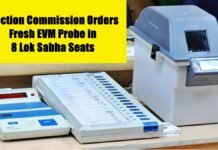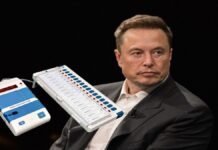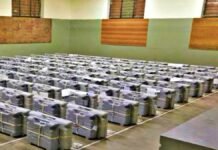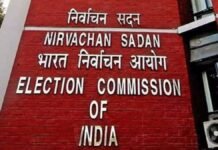
New Delhi: As the last leg of Lok Sabha voting concluded on June 1, India eagerly awaits the results that will shape its political landscape. But beyond the electoral buzz, there’s an intriguing financial aspect to consider: the hefty price tag associated with Electronic Voting Machines (EVMs).
The 15-Year EVM Cycle
The Election Commission’s recent revelation sheds light on the financial implications of simultaneous Lok Sabha and Assembly elections. If these elections occur concurrently, the commission estimates an expenditure of Rs 10,000 crore every 15 years solely for procuring new EVMs. But why this recurring cost?
EVM Shelf Life and Replacement Strategy
- Shelf Life: EVMs have a finite lifespan—just 15 years. Beyond this period, their reliability diminishes, necessitating replacements. Imagine the scale: 543 constituencies, each requiring functional EVMs for smooth elections.
- Simultaneous Elections: While one set of EVMs can serve three elections, separate machines are essential for Lok Sabha and Assembly polls. The Control Unit (CU), Ballot Unit (BU), and Voter Verifiable Paper Audit Trail (VVPAT) devices must be kept in reserve to replace any malfunctioning units on polling day.
- One Nation, One Election: The ambitious concept of simultaneous elections popularly known as “One Nation, One Election” requires meticulous planning. In February 2023, the Election Commission projected the need for 46,75,100 ballot units, 33,63,300 control units, and a staggering 36,62,600 VVPATs¹. These numbers underscore the logistical complexity.

The Price Tag
The tentative cost of an EVM in early 2023 stood at approximately Rs 34,000. Here’s the breakdown:
- Ballot Unit (BU): Rs 7,900
- Control Unit (CU): Rs 9,800
- VVPAT: Rs 16,000
Multiply these figures by the required units, and you’ll understand why the Election Commission faces a substantial financial burden.
The Verdict Awaits
As the nation awaits the election results, the financial implications of EVMs remain a crucial aspect. Whether the simultaneous elections vision becomes a reality or not, the cost of democracy both in terms of money and logistics remains a topic of interest.


















































